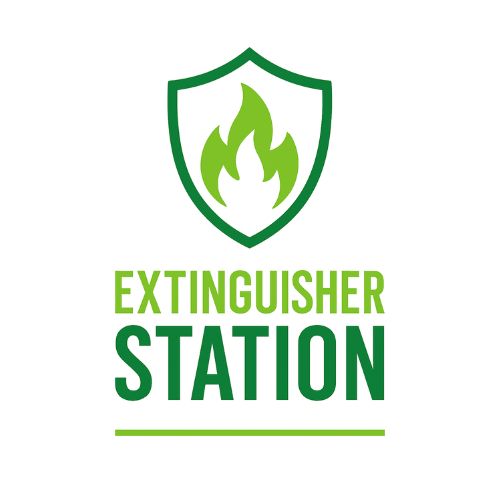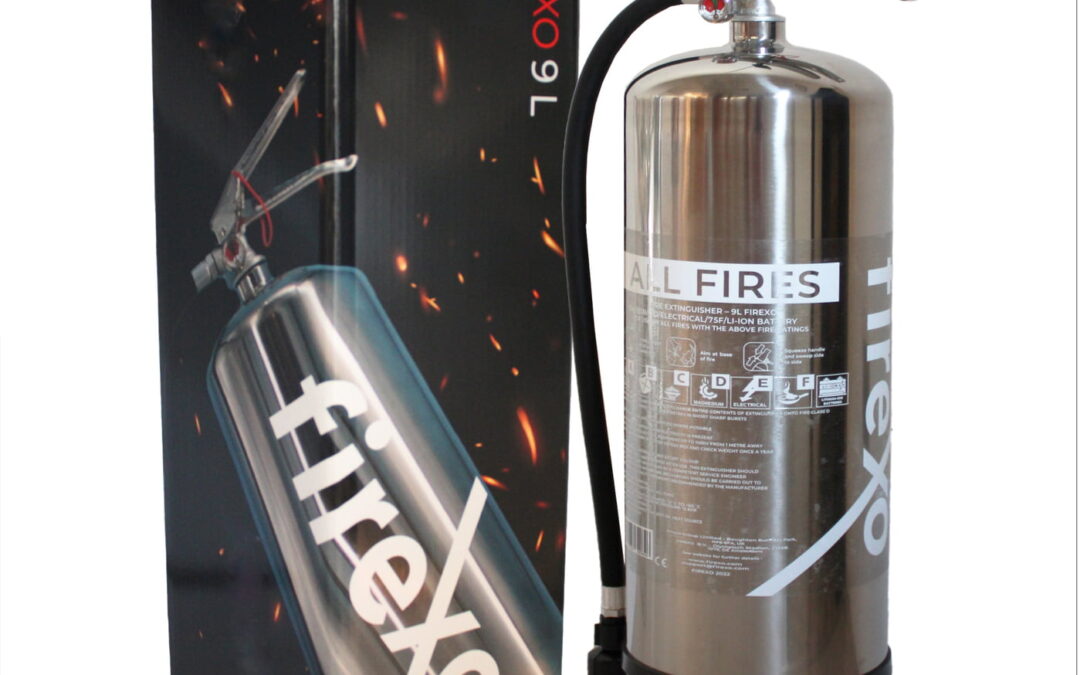Understanding fire classes is essential for choosing the right extinguisher and responding safely in an emergency. Fires are classified based on the materials that fuel them, and each class requires a different method of extinguishing. Using the wrong type of extinguisher can be ineffective or even dangerous.
Here’s a breakdown of each fire class and what it means:
🔲 Class A – Solid Combustibles
Examples: Wood, paper, cloth, cardboard, and plastics
These are everyday materials that burn easily. Class A fires are the most common in homes and offices – think of a paper bin catching fire or a spark igniting furniture.
🟥 Class B – Flammable Liquids
Examples: Petrol, diesel, paint, alcohol, solvents, oil-based products
These fires spread rapidly and produce intense flames. Class B fires are especially dangerous in garages, workshops, and kitchens where flammable liquids are present.
🟨 Class C – Flammable Gases
Examples: Propane, butane, methane
Class C fires involve gases under pressure. They require extreme caution—extinguishing the fire without shutting off the gas source can lead to explosions.
🟩 Class D – Combustible Metals
Examples: Magnesium, titanium, lithium (in solid form), sodium
These fires are rare but pose serious risks in industrial environments. They burn at high temperatures and react violently to water or standard extinguishers.
🟦 Electrical Fires
Examples: Faulty wiring, appliances, chargers, extension cords
Although not officially classified with a letter in all standards, electrical fires are extremely common. The danger lies in the risk of electric shock and hidden ignition sources. These must be tackled with non-conductive agents.
🟧 Class F – Cooking Oils & Fats
Examples: Deep fat fryers, cooking pans with oil
Class F fires are typically found in kitchens. They burn hotter than other liquid fires, making them harder to extinguish. Water or standard foam extinguishers can make things worse—specialised agents are required.
⚡ Lithium-ion Battery Fires
Examples: Mobile phones, laptops, power tools, e-scooters, EVs
While not officially designated in older fire classification systems, lithium-ion battery fires are a growing concern. They burn extremely hot, can re-ignite, and release toxic gases. Conventional extinguishers often fail to control these fires effectively.
🧯 Why This Matters
Traditionally, fire extinguishers were built to tackle just one or two fire classes. This meant having multiple extinguishers in one location—along with the training to know which to use, and when.
Firexo changes that.
Our innovative, all-in-one extinguishers are designed and certified to tackle **all fire classes, including lithium-ion battery fires, **using a single, easy-to-use solution. No confusion, no switching extinguishers, just fast and effective fire suppression when it matters most.
✅ In Summary
| Fire Class | Fuel Source | Environment |
|---|---|---|
| Class A | Solids like paper & wood | Homes, offices |
| Class B | Flammable liquids | Garages, workshops |
| Class C | Flammable gases | Industrial, commercial |
| Class D | Metals like magnesium | Manufacturing, labs |
| Electrical | Electrical appliances | Homes, businesses |
| Class F | Cooking oils & fats | Kitchens, restaurants |
| Lithium-ion | Batteries in devices | Homes, tools, EVs |
Understanding fire classes empowers you to act quickly and safely. With Firexo, you don’t have to worry about choosing the right extinguisher; we’ve already done it for you.

